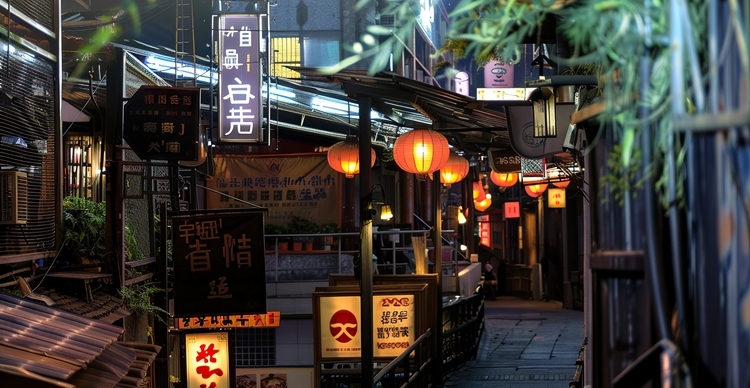There’s something undeniably inviting about an izakaya Japanese restaurant. Warm lighting, sizzling dishes, and the easygoing vibe that draws people in after a long day. For Malaysians who enjoy casual yet meaningful dining experiences, it feels like a natural fit.
Much like our own culture of gathering over food, izakayas offer a space to relax, chat, and savour comfort food in a lively setting. It’s a way of enjoying the moment, one plate and pour at a time.
Curious to know what really sets an izakaya Japanese restaurant apart? Let’s dive into the essence of this unique dining culture.
Key Takeaways
- Step into the roots of izakaya and experience dining that’s all about sharing, relaxing and enjoying each moment
- Taste the best of both worlds with regional Japanese flavours reimagined through a bold Malaysian twist
- Enhance your meal with the perfect drink by pairing sake, highballs, or chu-hi with your favourite izakaya dishes
- Dine like a local with simple izakaya etiquette tips that make your experience smoother and more enjoyable
How Japanese Izakaya Culture Found Its Place
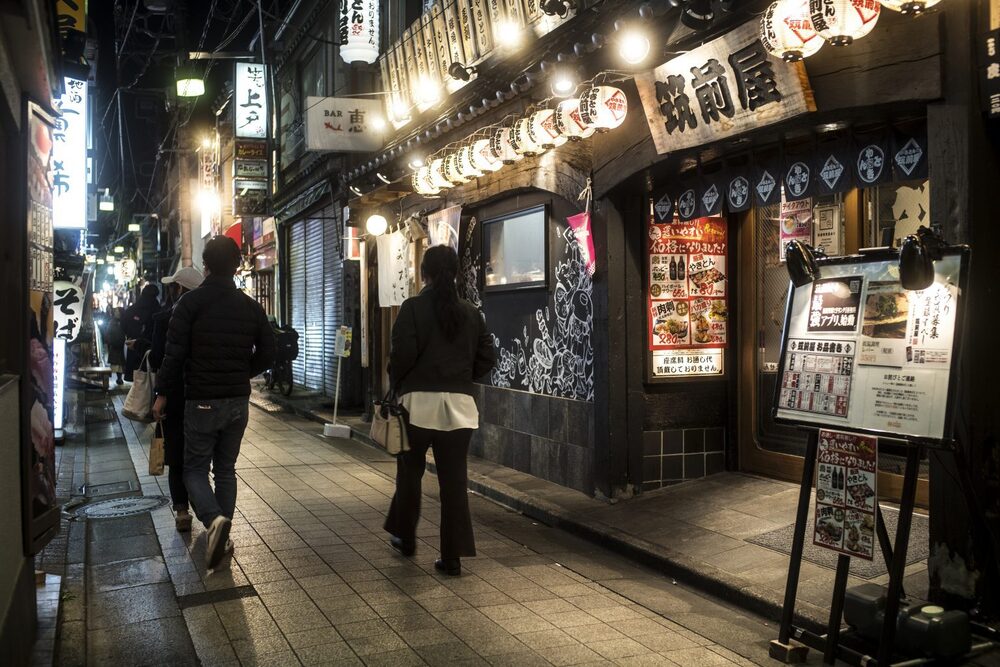
Japanese izakaya began as humble sake shops in Edo-era Japan, serving small dishes to keep customers around. Over time, they evolved into lively neighbourhood spots where people could relax, drink, and enjoy simple yet satisfying dishes.
Locals everywhere are embracing its laid-back vibe, shareable menus, and comforting flavours, blending tradition with the joy of communal dining at a Japanese restaurant in Malaysia.
What Makes the Japanese Izakaya Experience So Unique
There’s no script when you’re dining at a Japanese izakaya. You arrive, take a seat, and ease into the moment. Someone suggests a few dishes. A drink lands on the table. The conversation starts, maybe drifts, and then another plate appears. Nothing feels rushed. You just go with it.
The food feels easy to enjoy. Grilled meats with a smoky edge. Something crispy, something fresh. Nothing too fancy, but everything hits the spot. It’s the kind of meal that keeps the table talking.
You hear glasses clinking and bits of laughter from the next table. The chefs call out across the counter. It’s not loud, but it’s alive. And even if it’s your first visit, it doesn’t feel unfamiliar. You’re part of the room almost immediately. No fuss, just comfort.
A Japanese izakaya is all about unhurried meals, honest flavours, and the kind of atmosphere that brings people closer without trying too hard.
Uncover the key differences in the izakaya vs yakitori experience and choose the one that suits your mood best.
Japanese Izakaya Flavours with a Malaysian Twist
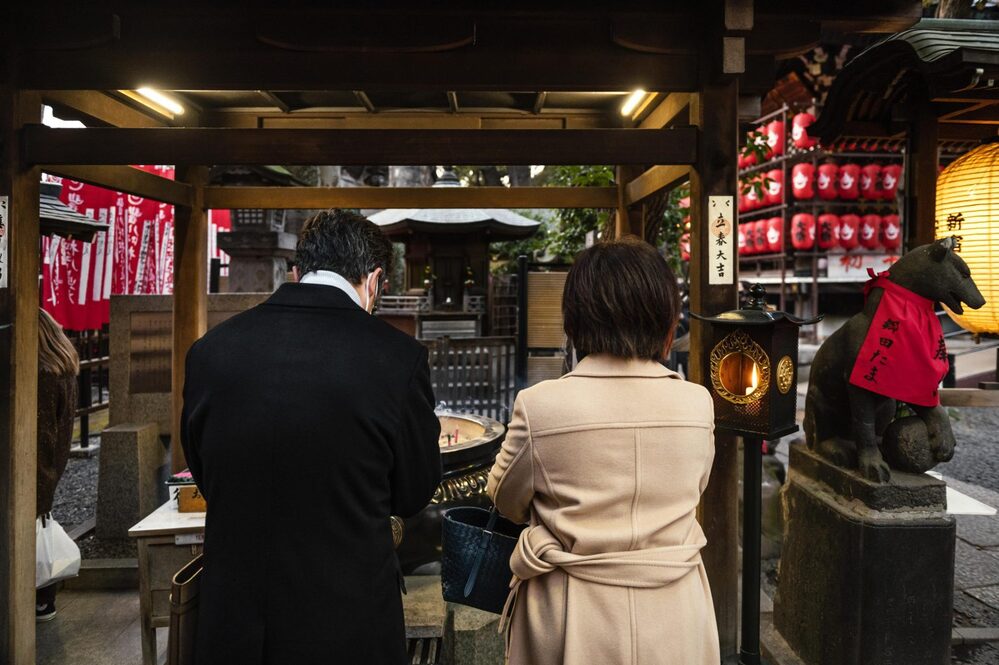
Walk into any izakaya and you’ll notice the variety right away. The menu draws inspiration from different parts of Japan. Each with its own take on flavour and style.
Some local spots take those traditional Japanese style and add a Malaysian touch. The result? Dishes that feel new, but still comforting in a way you’ll recognise. Here’s how some of those regional influences show up with a twist that hits closer to home:
a) Tokyo Style: Fast-paced and Variety-packed
Food comes out as it’s ready. Some plates feel familiar without trying to be. A glaze that’s a little sweet, a sauce with a kick. You just dig in.
b) Kyoto Style: Refined and Seasonal
Known for its elegant presentation and seasonal ingredients. Malaysian chefs recreate this with items like miso eggplant or subtly flavoured tofu dishes using local greens.
c) Okinawa Style: Relaxed and Comforting
Features hearty dishes with island vibes. Locally, this is reflected in skewers marinated with lemongrass, grilled fish with citrus accents, or rice bowls with sambal additions.
d) Malaysian Fusion Favourites
Many izakayas now serve unique creations such as:
- Sambal-glazed yakitori
- Lemongrass-marinated meats
- Tempura with curry leaf salt
These flavour combinations celebrate Japanese technique while giving a respectful nod to local ingredients and spices. It’s a reimagination that makes izakaya dining even more exciting for Malaysian food lovers.
Explore the must-eat Japanese food, including Japanese meat dishes, that makes every visit to an izakaya restaurant truly unforgettable.
Best Izakaya Drink Pairings Malaysians Will Love
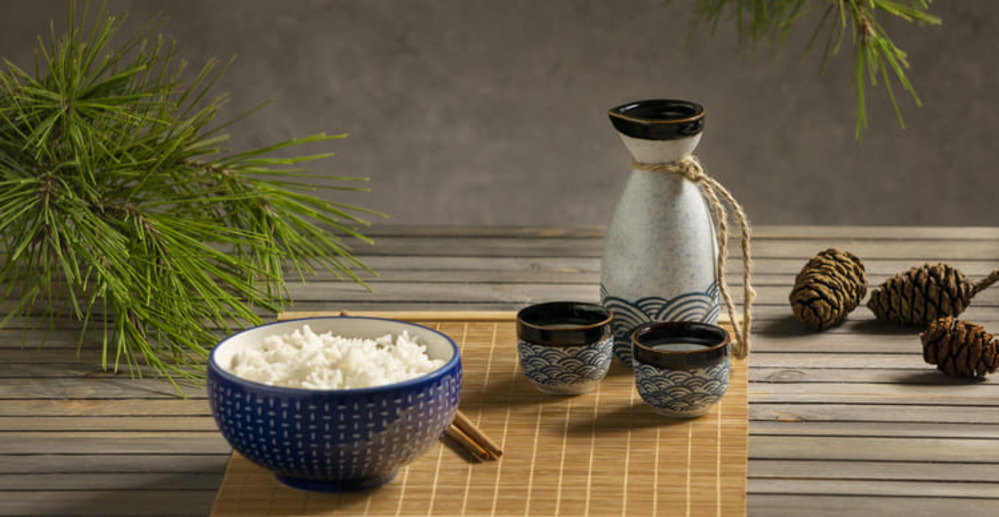
One of the joys of dining at a Japanese izakaya is discovering how well the drinks bring out the flavours in every dish. For Malaysians who love spicy, grilled, and deep-fried bites, here’s how to pair them with the perfect drink for a more satisfying experience:
a) Yakitori and Grilled Seafood
Pair with light and crisp sake. The clean taste balances smoky, savoury flavours and refreshes the palate between bites.
b) Karaage and Tempura
Enjoy with a classic highball. This fizzy, whisky-based drink cuts through the richness and keeps things light.
c) Spicy or Tangy Dishes (like sambal skewers)
Match with fruity chu-hi. The citrus or berry flavours offer a refreshing contrast to heat and bold sauces.
d) Non-alcoholic or Halal-friendly options
Go for mocktails, yuzu soda, or roasted tea. These drinks are flavourful, refreshing, and complete the izakaya experience without alcohol.
With the right drink in hand, every bite feels elevated. These pairings turn your visit to a Japanese izakaya into something worth savouring slowly.
Learn the basics of how to drink sake and enjoy it the way it’s meant to be savoured.
How to Dine at Izakaya Japanese Restaurant Like a Regular
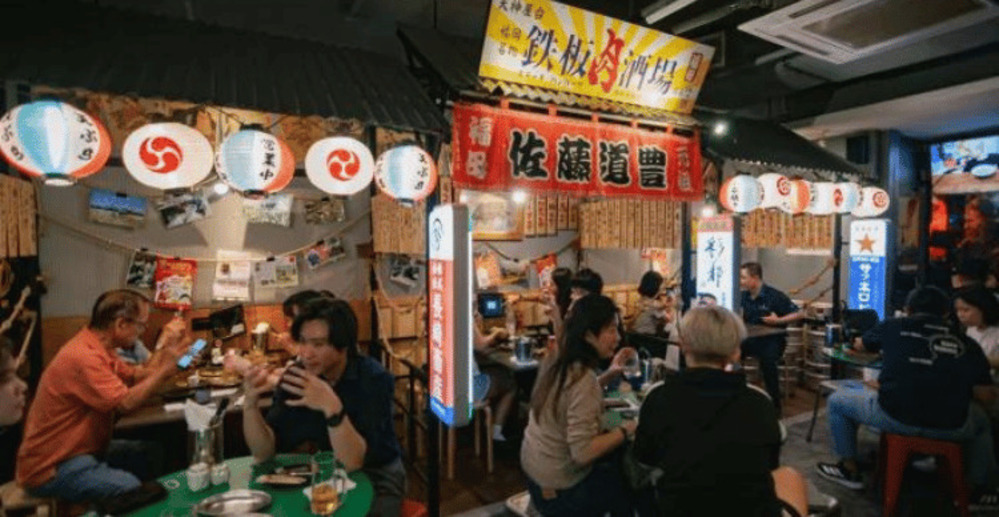
Pick up a few small customs and the whole izakaya experience starts to feel even better.
Here’s what to keep in mind so you can eat, sip and socialise like a pro:
a) Start Slow and Order as You Go
Izakayas are all about taking your time. Order a few plates and drinks first, then add more as the night flows.
b) Share Everything
Dishes are meant for sharing. Use the small plates provided so everyone gets a taste without reaching across the table.
c) Pour for Others
It’s polite to pour drinks for your friends rather than yourself. They’ll return the favour. It’s part of the izakaya charm.
d) Ask with Confidence
Unsure about the menu? Many izakayas offer QR codes, English names or photo menus to help you out.
e) Keep the Vibe Chill
Enjoy yourself while being mindful of others. Izakayas are about good food, good company and a relaxed atmosphere.
With these tips, you’ll blend right in and get the most out of your time at a Japanese izakaya restaurant.
Discover the best Japanese restaurant, your next favourite yakitori restaurant in Malaysia, and a cosy Japanese bar to unwind.
Discover the Joy of Dining with Izakaya Group
You sit, someone orders a drink, and a few dishes come out. There’s no rush. Conversations pick up, maybe drift, maybe pause. That’s the pace. That’s an izakaya.
Izakaya Group creates experiences at its Japanese restaurants where people feel at home. It’s the clink of a glass, the quiet in-between, the warmth that doesn’t need explaining. That’s enough.
Book your reservation with Izakaya Group today and enjoy the art of dining the izakaya way.

